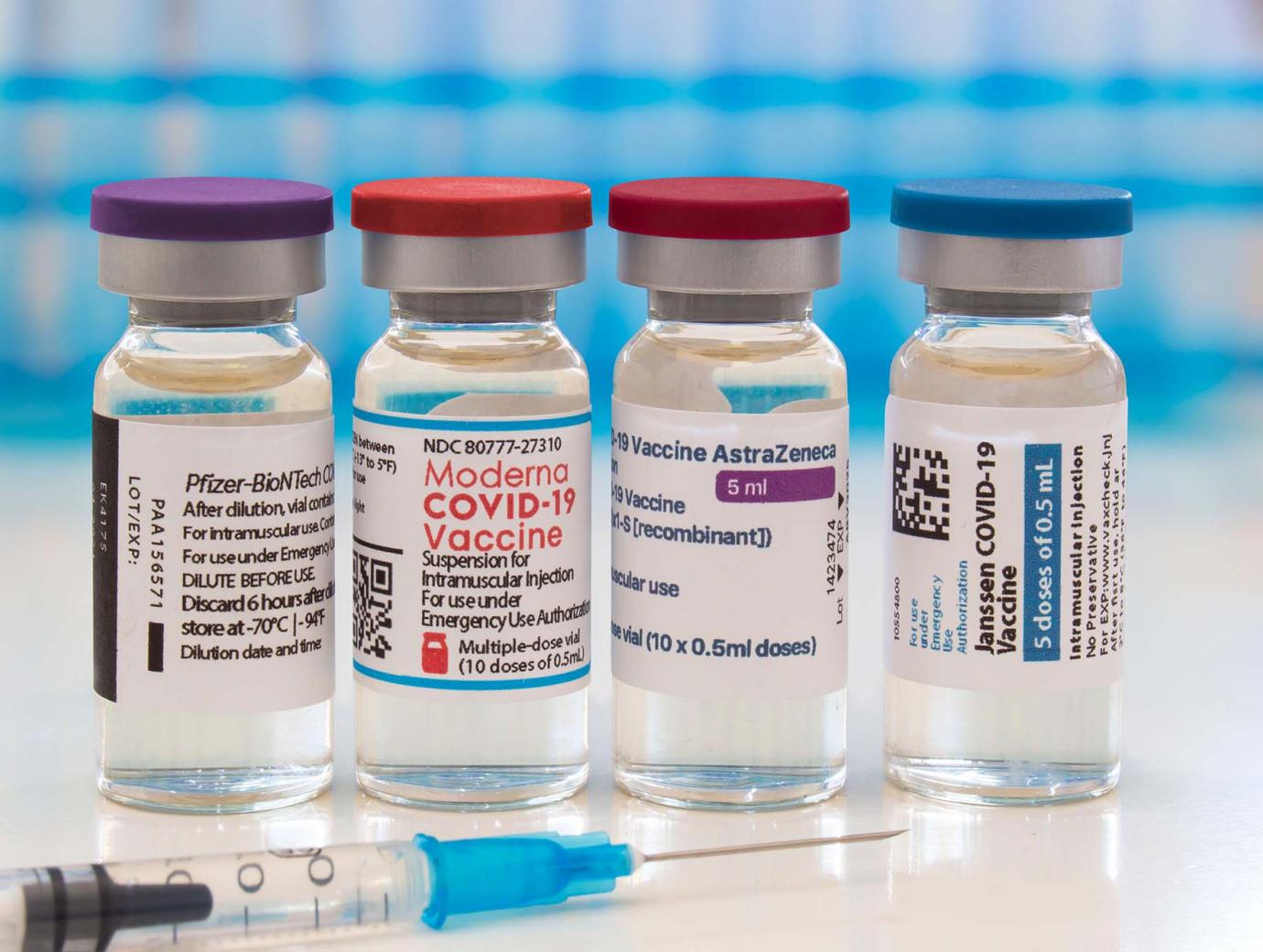Abstract
On May 17th WHO issued an interim statement on the use of additional booster doses of Emergency Use Listed mRNA vaccines against COVID-19. This statement acknowledges the growing body of evidence regarding the value of an additional booster dose for some population groups and highlights research gaps.
WHO’s current recommendations on boosters and additional doses
- WHO currently recommends countries prioritise providing a primary series and booster dose to all high priority-use groups – and to expand vaccination to lower priority-use groups as high coverage rates are achieved in high priority-use groups. The number of doses required by each vaccine product varies.
- Currently WHO recommends an extended primary series (i.e. an extra dose in addition to however many doses are required as part of the primary series) as well as a booster dose (i.e. fourth dose) for persons with moderate to severe immunocompromising conditions.
- Homologous (same vaccine platform) and heterologous (different vaccine platform) vaccines can be used for booster doses.
SAGE’s Interim statement on the use of additional doses
- A number of countries are or will shortly be offering an additional booster dose as part of their national COVID-19 vaccination program.
- SAGE has been monitoring the evidence on additional booster doses and weighed up the available data from the seven studies that have been published so far, which are all on mRNA vaccines.
- The studies show that there is some short-term benefit of an additional (4th) dose in the highest risk group (health workers, those over the age of 60 and immunocompromised persons)
- There are some important caveats to note, namely that the data is only available for the mRNA vaccines and that there is limited data regarding the duration of protection and the benefits of an additional dose for healthy younger people.
- More data is needed to evaluate the benefits of an additional booster dose for other population groups and vaccine platforms. When this is available, SAGE will update its recommendations accordingly.
- SAGE advises countries considering introducing a fourth dose to carefully weigh up the financial and programmatic challenges of administering it, against the incremental benefits expected.
NITAG recommendations on additional booster doses
- CDC provided clinical considerations for a Second COVID-19 Vaccine Booster Dose, summarized in a one pager here.
- NACI released initial guidance on a second booster dose of COVID-19 vaccines in Canada, urging jurisdictions to prepare for the rapid deployment of a second COVID-19 vaccine booster dose program over the coming weeks prioritizing the following populations, as close surveillance and assessment suggest concerning trends in the COVID-19 pandemic. More here.
- CAVEI (Chile NITAG) recommends a third booster dose five to six months after the second booster, in people over 65 years of age, in immunosuppressed people, in people with chronic diseases and in health workers, according to the specifications defined for each group by the National Program for Immunizations from the Ministry of Health. Preferentially administer mRNA vaccines. In cases where there is contraindication of using mRNA vaccines, use inactivated vaccines. More here.
- ATAGI recommends an additional booster dose of COVID-19 vaccine to increase vaccine protection before winter for selected population groups who are at greatest risk of severe illness from COVID-19 and who have received their primary vaccination and first booster dose. The additional winter booster dose can be given from 4 months or longer after the person has received their first booster dose. More here.
- STIKO recommends a 2nd booster vaccination (at the earliest 3 months after the 1st booster) with an mRNA vaccine for ≥ 70-year-old, for residents in care facilities and for people with immunodeficiency after they have completed their primary series and received the 1st booster. The second booster vaccination is also recommended for those working in medical and nursing facilities, but no earlier than 6 months after the first booster vaccination. More here.
- the French NITAG recommends administering a second booster dose 6 months after the first booster to people over the age of 65 who so wish and who are either at very high risk of a severe form of the disease, or polypathological.
- In Belgium, as of May 2022, the NITAG does not recommend a second booster dose for the general population and does not recommend a systematic second booster dose for people over 80 years of age and residents of nursing homes and care communities (regardless of their age). More here.


